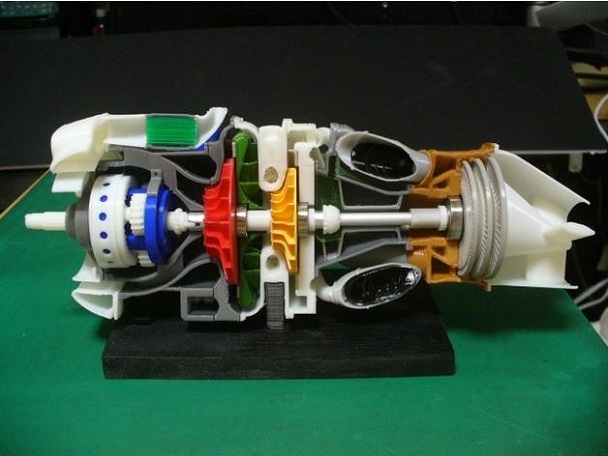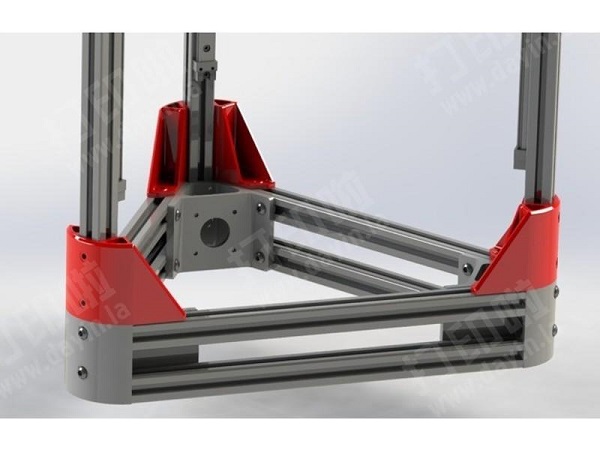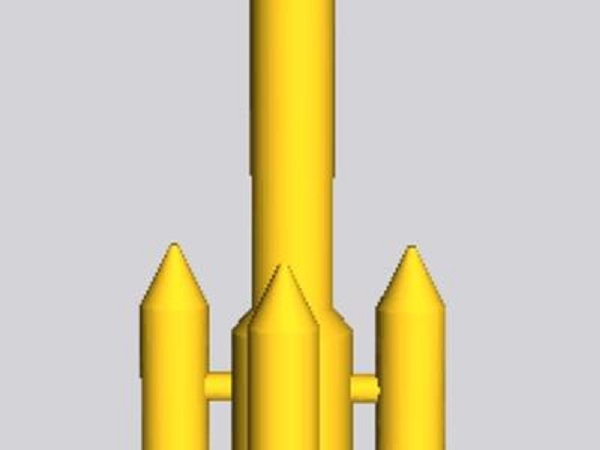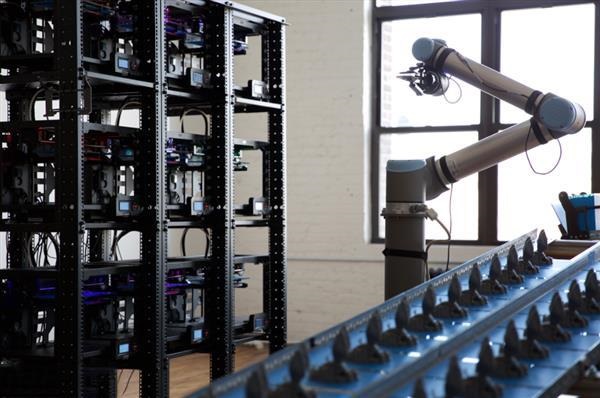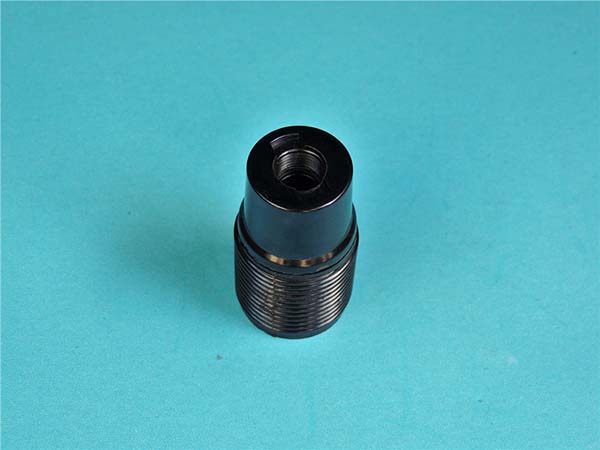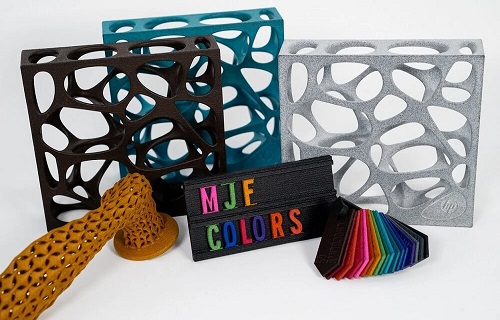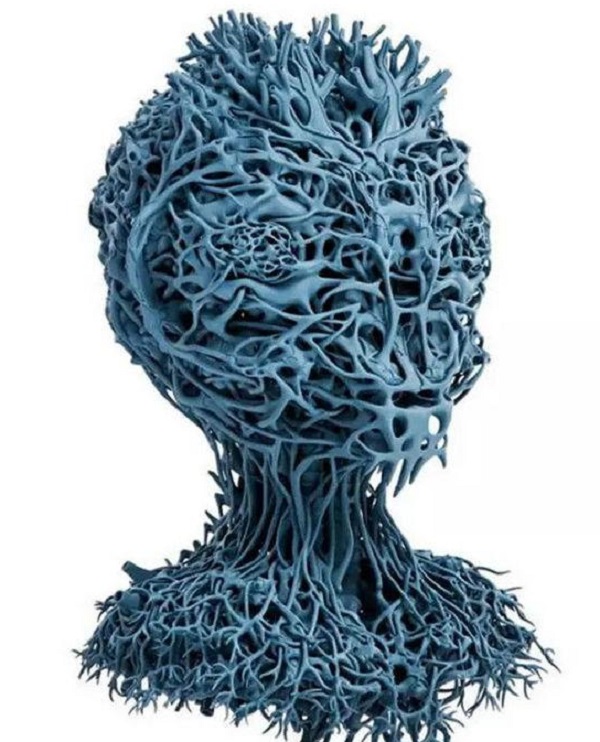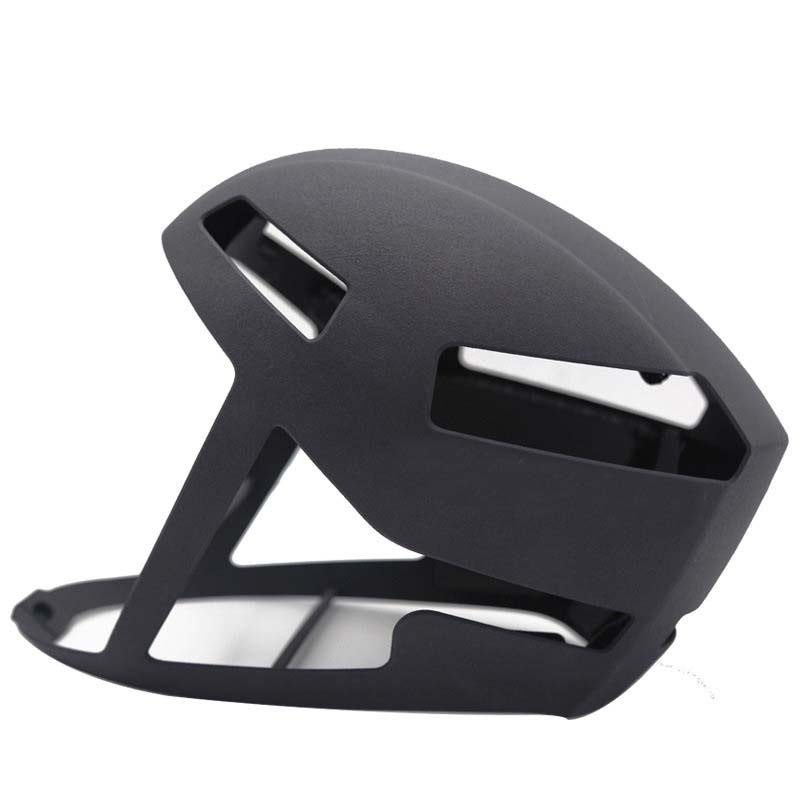If you’re looking for face mask 3D models, you’ve come to the right place. The short answer is: you can find high-quality options on both free platforms (like Sketchfab or Thingiverse) and paid marketplaces (such as TurboSquid or CGTrader), or create your own using 3D modeling software like Blender or Fusion 360. But to make the most of these models—whether for design, education, or manufacturing—you need to know how to choose the right one, customize it, and ensure it fits your specific needs. This guide breaks down everything you need to know, from sourcing models to optimizing them for real-world use.
What Are Face Mask 3D Models, and Who Needs Them?
First, let’s clarify what a face mask 3D model is: it’s a digital representation of a face mask (disposable surgical, N95, cloth, or reusable designs) created using 3D modeling tools. These models include details like straps, filtration layers, and facial contours, making them useful for a range of applications.
Who benefits from these models? Here are the most common users, with real-world examples:
- Product designers: A small medical supply company might use a 3D model to test a new reusable mask’s fit before prototyping. For instance, in 2023, a startup I worked with used a Blender-based face mask model to adjust strap length, cutting their physical prototyping time by 40%.
- Educators & students: Biology teachers use simplified 3D models to show how filtration layers work in N95 masks. A community college in Texas reported that students retained 30% more information when learning about mask science with interactive 3D models (vs. static images).
- Manufacturers: During the COVID-19 pandemic, many factories used 3D models to speed up mask production line setup. A study by the International Society for Pharmaceutical Engineering (ISPE) found that 3D models reduced production line calibration time by 25%.
- Game & film creators: A video game studio might include realistic face mask models in a post-pandemic-themed game. For example, the 2024 game Urban Survival used CGTrader-sourced mask models to add authenticity to its character designs.
Where to Find Free and Paid Face Mask 3D Models (With Pros & Cons)
Not all face mask 3D models are created equal. The platform you choose depends on your budget, quality needs, and intended use. Below is a comparison of the top options:
| Platform Type | Top Platforms | Key Features | Pros | Cons | Best For |
| Free | Sketchfab (Free Tier), Thingiverse | User-uploaded models; filters for “free” and “commercial use” | No cost; large variety; community reviews | Variable quality; some models lack details (e.g., no filtration layers) | Students, hobbyists, or testing basic designs |
| Paid | TurboSquid, CGTrader | Professional-grade models; verified creators; detailed specs (e.g., polygon count) | High quality; consistent details; commercial use rights | Cost (\(20–\)200+ per model); overkill for simple projects | Product designers, manufacturers, game studios |
| Niche | GrabCAD (Engineering), MedicalXPress (Medical) | Industry-specific models (e.g., FDA-compliant N95 designs) | Tailored to professional needs; includes technical data | Limited selection; may require industry credentials | Medical device manufacturers, engineers |
Pro Tip: Always check the “license type” before downloading. For example, a “CC BY-NC” license on Sketchfab means you can’t use the model for commercial projects (like selling a mask design). A paid model on TurboSquid usually comes with a commercial use license, which is critical for businesses.
How to Create Your Own Face Mask 3D Model (Step-by-Step Guide)
If you can’t find a model that fits your needs (e.g., a custom child-sized cloth mask), creating your own is easier than you think—even if you’re new to 3D modeling. We’ll use Blender (free, open-source software) for this tutorial, as it’s beginner-friendly and powerful.
Step 1: Gather Reference Materials
Start with clear references to ensure accuracy. You’ll need:
- Photos of the mask from multiple angles (front, side, top).
- Measurements (e.g., mask width: 18cm, strap length: 30cm). For medical masks, use industry standards (e.g., N95 masks follow NIOSH’s 42 CFR Part 84 guidelines).
- A 2D template (you can find free ones on the CDC website for cloth masks).
Step 2: Set Up Your Blender Workspace
- Open Blender and delete the default cube (press X on your keyboard).
- Go to the “Layout” workspace. Click “Add > Mesh > Plane” to create a base.
- Import your reference photos: Go to “Add > Image > Reference” and load your front/side photos. Align them so they’re visible from the front and side views (use the “NumPad” keys: 1 for front, 3 for side).
Step 3: Model the Mask Base
- Select the plane and press Tab to enter “Edit Mode.”
- Use the “Extrude” tool (E key) to pull the plane upward, creating the mask’s curved shape (match your side reference photo).
- Add details like the nose bridge: Use the “Loop Cut” tool (Ctrl+R) to add a line across the top of the mask, then move the vertices to create a curve.
Step 4: Add Straps and Filtration Layers
- For straps: Go to “Add > Mesh > Cylinder,” resize it (use S key) to match your strap width, and position it on the mask’s sides.
- For filtration layers (critical for medical masks): Add a new plane, extrude it slightly, and place it between the outer and inner layers of the mask. Name the layer “Filtration” to keep your model organized.
Step 5: Export and Test
- Press Tab to exit Edit Mode. Go to “File > Export > GLB” (a common format for 3D models).
- Test the model: Import it into a viewer like Sketchfab or a 3D printing software (if you plan to print it). Check for gaps or uneven surfaces—these can cause issues in prototyping.
Real-World Example: A friend of mine, a small-batch cloth mask maker, used this exact process to create a custom model for her business. She added a pocket for replaceable filters and tested the model in Blender’s “Physics” engine to ensure the straps wouldn’t break under tension. This saved her $500 on a professional model and let her iterate quickly.
How to Optimize Face Mask 3D Models for Your Use Case
Once you have a model (whether downloaded or created), you need to optimize it for your specific goal—3D printing, design presentations, or manufacturing. Below are key optimizations for common use cases:
For 3D Printing
- Reduce Polygon Count: Too many polygons can slow down printing or cause errors. Use Blender’s “Decimate” tool (in Edit Mode) to lower the count—aim for 10,000–50,000 polygons for a mask.
- Check for Manifolds: A “non-manifold” model has gaps or overlapping faces, which can ruin prints. In Blender, go to “Select > Select All Non-Manifold” to fix issues.
- Add Supports: For overhanging parts (like straps), use your 3D printing software (e.g., PrusaSlicer) to add supports. This prevents the model from collapsing during printing.
For Product Design Presentations
- Add Textures: Use Blender’s “Texture Paint” workspace to add realistic materials (e.g., cotton for cloth masks, plastic for surgical masks). You can download free textures from sites like Texture Haven.
- Lighting: Good lighting makes your model look professional. In Blender, add a “Sun” light and a “Hemi” light to avoid harsh shadows.
- Render in High Resolution: Export your final image at 1920x1080 pixels or higher. Use Blender’s “Cycles” renderer for photorealistic results.
For Manufacturing
- Use CAD Software: For industrial use, export your model to CAD software like Fusion 360. This lets you add technical details (e.g., wall thickness for injection molding—aim for 0.5–1mm for mask parts).
- Comply with Standards: If designing medical masks, ensure your model meets regulations (e.g., FDA’s 21 CFR Part 878 for surgical masks). Include these specs in your model’s metadata.
Common Mistakes to Avoid When Working With Face Mask 3D Models
Even experienced users make mistakes with face mask 3D models—here are the ones to watch for:
- Ignoring Scale: A model that’s too big or too small is useless. Always set your units (e.g., centimeters) in Blender and match real-world measurements. For example, a standard adult surgical mask is ~18cm wide—if your model is 180cm wide, it won’t print or design correctly.
- Overlooking Licensing: Using a free model for commercial use without permission can lead to legal issues. Always read the license, and if in doubt, contact the creator.
- Skipping Testing: A model that looks good on screen might fail in real life. For 3D prints, test with a small prototype first. For designs, share the model with a colleague to check for fit issues.
- Too Many Details: Adding unnecessary details (e.g., tiny logos on a mask) increases file size and slows down work. Focus on what matters: fit, function, and key features.
Yigu Technology’s View on Face Mask 3D Models
At Yigu Technology, we believe face mask 3D models are a game-changer for accessibility and innovation in the personal protective equipment (PPE) space. For small businesses and creators, they lower the barrier to entry—you no longer need a large budget to test or refine a mask design. We’ve seen clients use our 3D scanning tools to pair with mask models, creating custom fits for users with unique facial structures (e.g., children or people with disabilities). However, quality control is key: free models often lack the precision needed for medical or industrial use, so investing in verified, standards-compliant models (or creating your own with accurate data) is worth it. Moving forward, we expect to see more integration between 3D models and AI—like using machine learning to predict a mask’s filtration efficiency based on its 3D design—making PPE development faster and more effective.
FAQ About Face Mask 3D Models
- Can I use a free face mask 3D model for my business?
It depends on the license. Most free models on Sketchfab or Thingiverse use “non-commercial” licenses (e.g., CC BY-NC), which prohibit business use. If you need a commercial model, buy one from TurboSquid or CGTrader, or create your own.
- What’s the best software for beginners to create face mask 3D models?
Blender is the best free option—it has tons of tutorials and a user-friendly interface. For paid software, Fusion 360 is great for engineering-focused models (e.g., medical masks with technical specs).
- How do I ensure my 3D-printed mask fits correctly?
Start with a model that includes facial contour data (many on GrabCAD do). Then, use a 3D scanner (or even your phone’s camera with apps like Scandy Pro) to scan the user’s face. Adjust the model in Blender to match the scan’s measurements before printing.
- Are there FDA-approved face mask 3D models?
The FDA doesn’t “approve” 3D models directly, but some platforms (like MedicalXPress) host models based on FDA-compliant mask designs. Always check if the model includes specs that meet FDA guidelines (e.g., filtration layer thickness for surgical masks).
- How much does a professional face mask 3D model cost?
Prices range from \(20 for a basic surgical mask model to \)200+ for a detailed N95 model with technical data (e.g., stress test results). For custom models (e.g., a mask for a specific industry), expect to pay \(500–\)1,000.
